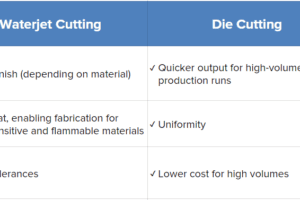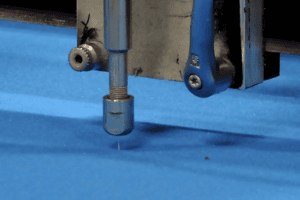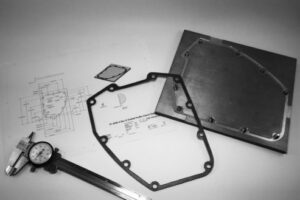CGR Products is renowned for its commitment to quality, expertise, and innovation in the realm of gaskets, seals, and custom fabricated sealing solutions. Choosing CGR Products as your gasket provider can be pivotal for various industries and applications. Here’s why sourcing gaskets from CGR is so crucial: Unparalleled Expertise CGR Products boasts extensive expertise in…

Three Capabilities You Might Not Have Known About CGR Products
Here at CGR Products, we use a variety of cutting and fabricating capabilities on a daily basis. However, we do some fabricating that might seem “out of the norm” from our core manufacturing. In this article, we will highlight three things you might not have known about CGR Products capabilities. Metal Fabrication Capabilities All three…

Die Cutting vs. Waterjet Cutting: Which One Should You Use for Your Project?
More cutting methods are available today than ever before. While friction sawing used to be the primary industrial material cutting option, there are now nearly a dozen viable choices. Not all cutting methods are created equal — which isn’t to say that one is categorically better than another, but rather that they all have their…

Cutting vs. Converting – What’s the Difference?
Don’t Get Tangled Up in Terminology The CGR team gets a lot of requests for cutting, converting, and fabricating. Fortunately for our customers, we do it all. As far as we’re concerned, these terms refer to the same process — the process of transforming a raw material into a precision component for your part. If…
